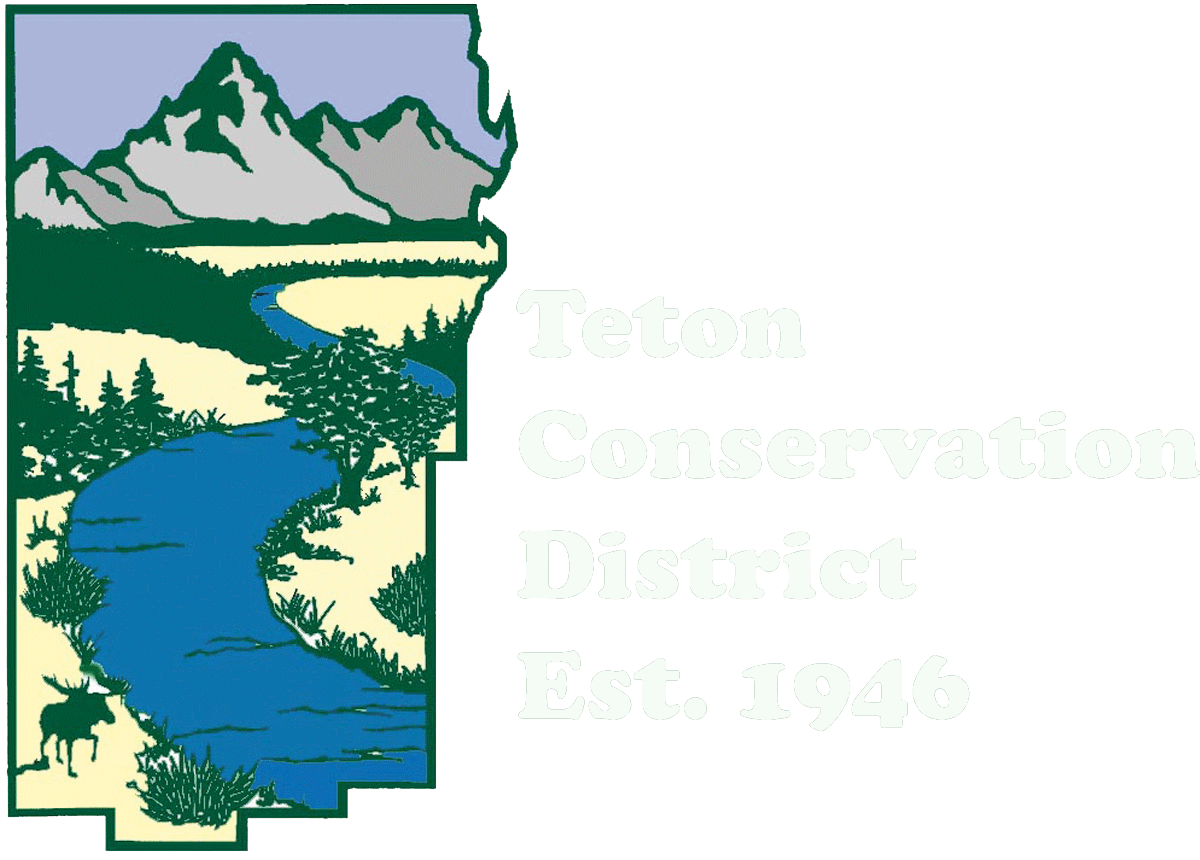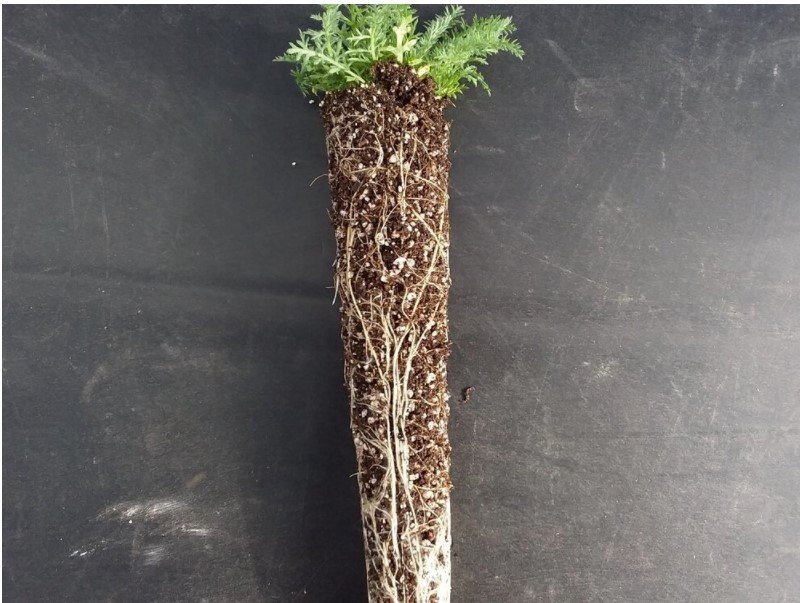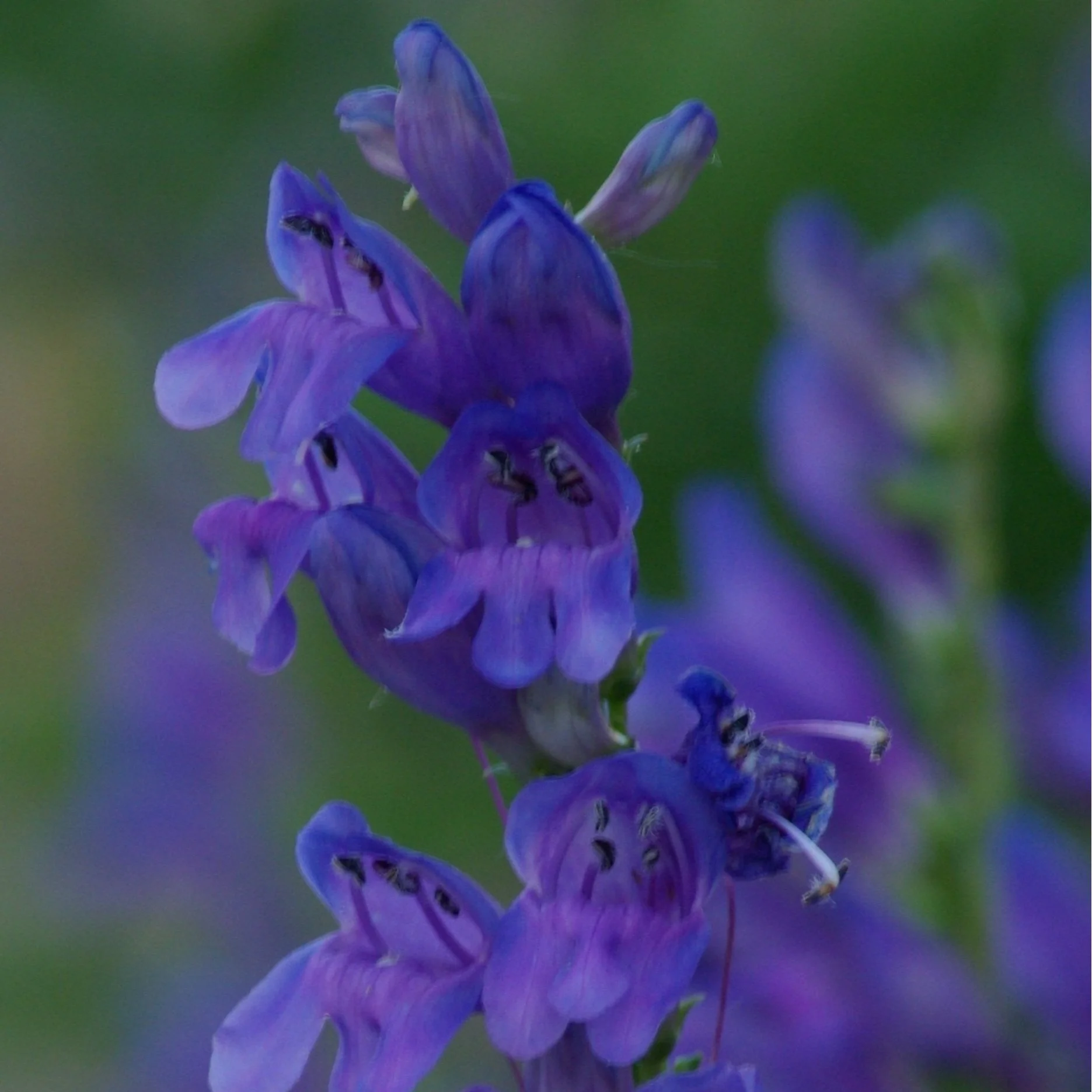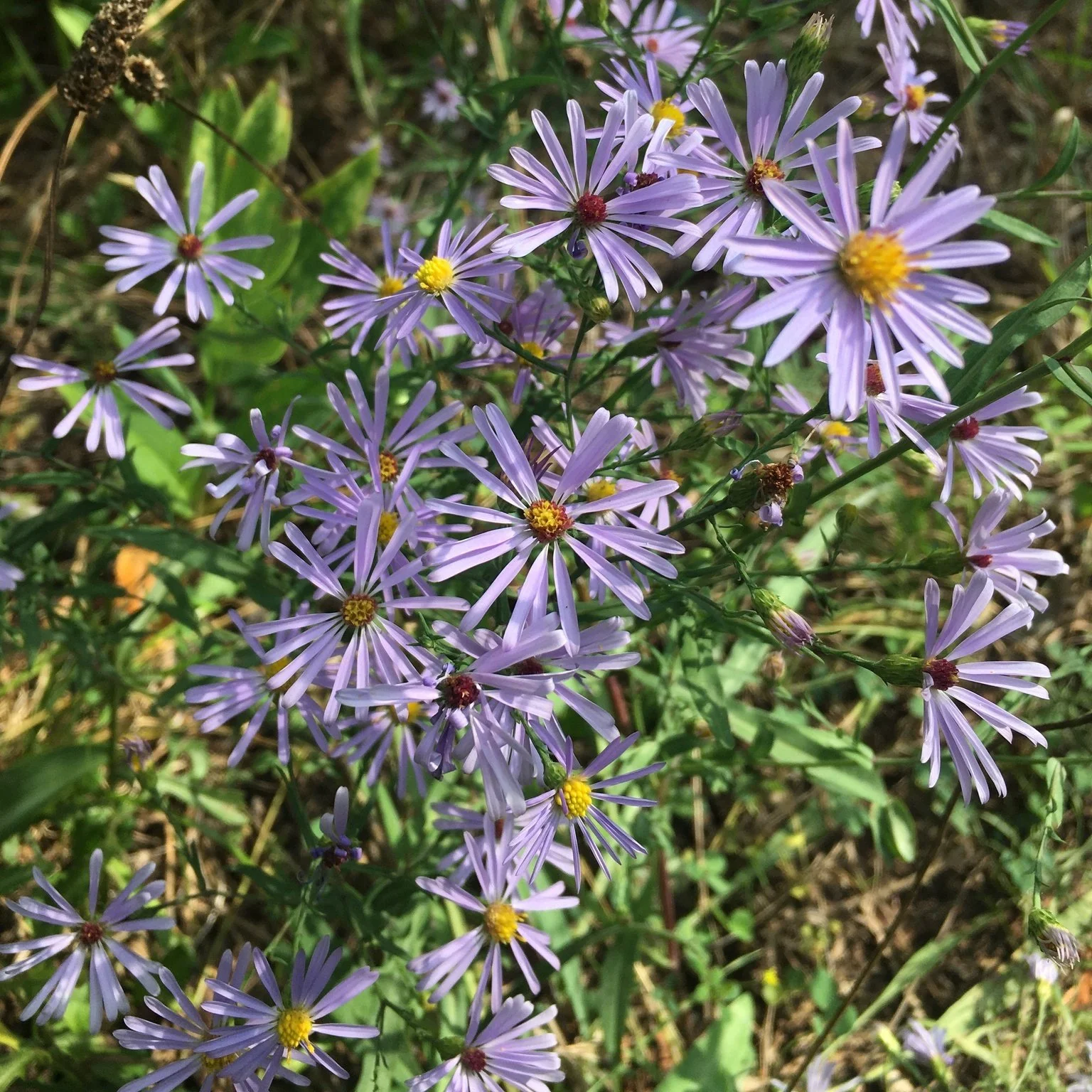1) What is the Perennial Pollinator Program (PPP)? The PPP is a pilot partnership between Teton Conservation District and Piney Island Native Plants, a native plant nursery in Sheridan, WY. PPP participants will receive a variety pack of 35 individual rooted plugs with five different native plant species that are of high-value to pollinators (one pack of 35 = seven plugs of five species). Plants will be delivered in early June 2022. Supplies are limited to 50 total variety packs and will be sold on a first-come first-served basis.
2) Who is the Program for? Are you a fan of increasing the availability of food and shelter for bees, butterflies, and other pollinators?! This opportunity might be for you! Getting native plants established does require patience and commitment. Some of the flowers will not bloom in the first year but a successful summer 2022 planting will grow strong roots that will fuel summer 2023 (and beyond) flowers. Once established, native plants are well adapted to local precipitation, soil types, herbivory, and temperature regimes and require less or no fertilizer or water than commonly-available ornamentals. Please note this program is for small-scale planting purposes only. Plants are not intended for resale. Limited to residents of Teton County, WY.
Rooted plant plug.
3) What is a rooted native plant plug? A rooted plug is like a garden start. Instead of starting from seed, each plant will have a well-developed root system to increase chances of successful establishment. Each lot will contain five wrapped bundles of seven plugs each.
4) What species will I get? This year’s PPP program includes 1) Blanket Flower, 2) Rocky Mtn. Penstemon, 3) Smooth Aster, 4) Western Yarrow, and 5) Wild Bergamot. All species are native to Wyoming, offer a variety of colors, and will bloom between June and September once established. See pictures and more information about the species below.
5) How much space will one PPP lot cover? Planting design is a form of personal expression. For planning purposes, each plug will occupy approximately one square foot of garden space once established. Don’t worry if this looks sparse at first. Your plants will thank you for the space to expand in future growing seasons. One PPP lot will cover approximately 35 square feet of garden space.
6) How much does it cost? One variety pack consisting of 35 plugs (7x5 species) are available for $120.58 w/tax. Teton Conservation District is covering the cost of shipping (~$35) to Teton County.
7) How do I order? When/where will my order arrive? Contact Morgan Graham at 307-733-2110 or morgan<at>tetonconservation.org before May 21st, 2022 for order details. You will then pick up your order at Teton Conservation District (420 W. Pearl Ave.) in Jackson in early June. We will be in touch regarding the exact pick-up date.
8) Do I need a green thumb? Previous gardening experience is recommended. Enthusiasm and long-term commitment are required. Here are some tips to optimize chances of successful establishment:
Identify an area where your pollinator garden will receive ~8 hours of sun daily throughout the growing season.
Prepare your planting site by removing weeds/rocks and break up compacted soil.
Consider amending your soil by blending in an organic compost.
Ensure plugs are kept moist and out of direct sun between pickup and planting.
When planting, take care that the root crown is flush with the soil surface (not too high or too low).
Plant plugs on a cloudy day or in the early or late part of the day when temperatures are cooler.
Scrape walls of planting hole to help roots grow out laterally.
Water plugs immediately after planting to remove air holes.
Add 2-4” of medium texture (grass clippings, shredded leaves, weed-free straw) mulch to planting bed.
Water plugs deeply once every 3-4 days for the first month. Adjust watering if plants appear stressed during extended dry periods in the first growing season.
Time spent weeding in years one and two will reap huge dividends in the future.
9) What else do I need to know? Our hope is that participants in the PPP will share their contact information with Teton Conservation District. We are committed to promoting the benefits of low-input native plant landscaping. Let us share future native plant/pollinator opportunities with you and amplify your successes and lessons learned!
Blanket Flower Gaillardia aristata
Size: 8-24" tall, 12" wide Bloom Time: June-September Bloom Color: Yellow, orange, red Minimum Precip (inches): 10+ Light: Full sun Soil Conditions: Does well on a variety of well-drained soils Pollinators: Bees and butterflies Wildlife Value: Young and adult upland game birds Misc: Drought tolerant
Rocky Mountain Penstemon Penstemon strictus
Size: 18-30" tall, 12-36" wide Bloom Time: June-July Bloom Color: Purple/Blue Minimum Precip (inches): 10+ Light: Full to part sun Soil Conditions: Moderately fine to coarse; well-drained Pollinators: Bees, hummingbirds Wildlife Value: Forage for deer, antelope, and birds; cover for small bird species Misc: Semi-evergreen perennial; excellent cold winter and drought tolerance
Western Yarrow Achillea millefolium var. occidentalis
Size: 12-40" tall, 12-24" wide Bloom Time: June-September Bloom Color: White Minimum Precip (inches): 8+ Light: Full to part sun Soil Conditions: Tolerates most soils Pollinators: Bees and butterflies Wildlife Value: Food source for antelope, deer, sage grouse and other upland birds Misc: Highly adaptable and drought tolerant wildflower. Rhizomatous spreader.
Wild bergamot (Bee balm) Monarda fistulosa
Size: 12-40" tall Bloom Time: June-September Bloom Color: Pale purple to rose pink Minimum Precip (inches): 20+ Light: Full to part sun Soil Conditions: Wide range of soils Pollinators: Bees, butterflies and hummingbirds Wildlife Value: See pollinators above. Otherwise, Wild Bergamot is deer resistant! Misc: Edible; many past medicinal uses
Smooth Aster Symphyotrichum laeve
Size: 12-39" tall Bloom Time: August-October Bloom Color: Purple Minimum Precip (inches): 15+ Light: Full to part sun Soil Conditions: Wide adaptation Pollinators: Bees and butterflies Wildlife Value: Host plant for Pearl Crescent butterfly, seeds are a food source for songbirds and small mammals. Misc: Provides shelter for butterflies.







